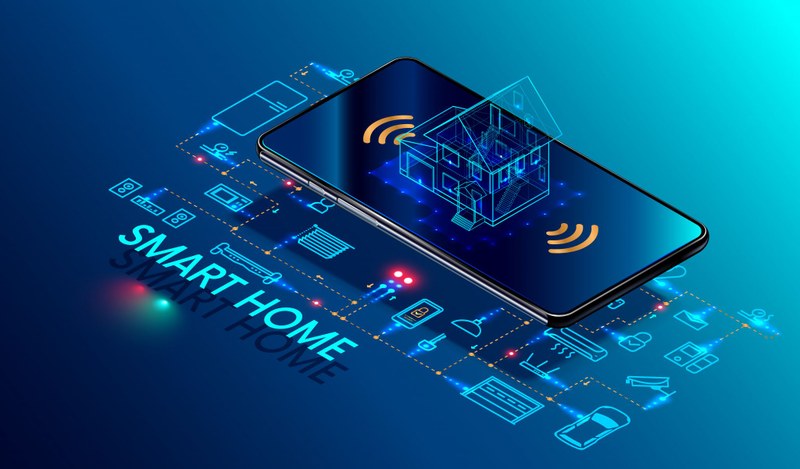What to keep in mind when doing home automation
A few things I've learned over the past year, as my dwelling became smarter.

Anyone who has done anything domotics-related knows this: you spent 12 hours automating a task that will happen maybe once a year for 15 minutes each time.
To be fair, there are other tasks that really are worth automating.
It's cool that you can push button receive light / coffee / music. It's cooler never to have to think about bullshit like I'm going into a room, the light should turn on when the room is dark. Why should I have to turn off all lights and the media center when I go to bed? I am in bed, and that can be detected with a $10 sensor, so have a computer do exactly that every time at night. Same when I leave my home — I'm not home, so why would the lights stay on? Lights should go off, and the entire home should be vacuumed.
Of course, you also want to ensure that anything "smartified" can still be used using normal controls. If your wall switch doesn't turn the light on or off, you have failed — your guests, and kids. But maybe long-press the switch can dim the light? That augmentation is OK.
Before you begin automating anything at home, you usually have to make a small but concrete investment in devices that will become smart. I think the most common one is the smart bulb, but plenty others exist, like switches and buttons. It can be easy to buy heterogeneous stuff — this is a trap and will bite you later, as you have to maintain multiple technologies that won't necessarily talk to each other. So keep things simple and stick to one type of tech — at least at first. To the extent possible, if you start with ZigBee, stick with that; if you start with Wi-Fi, stick with that; if you start with Bluetooth, stick with that.
Avoid cloud shit like the plague. The usual end of a cloud-supported device is that the manufactures croaks, and then all the cloud computers making your thing work go poof. Now you have a paperweight. Furthermore, cloud devices are slower to react than locally-controlled devices; do you want to wait a second for what ought to be finished at the instant flick of a switch? Finally, you need internet 24/7 — internet outage means your thing no workie.
Avoid vendors that do not support open source solutions like Home Assistant. In fact, I'd go to the extreme of saying that you should never deploy anything not setup through Home Assistant. If you don't put an open source solution at the center of your home automation, you will never be able to make things work as an integrated whole. Nobody wants to juggle 3 different hubs and 5 different apps on the phone.
I have bulbs from Philips and from LIFX at home, as well as some Shelly relays. Did I set up three routers and install three apps to steer them? No! They all talk to Home Assistant, so there is only one app I need to install, know and use.
Every home automation project requires or will make use of at least these things, so you should study them before you commit to them:
- A hub. This is used by wireless devices to talk to your home automation center. Sometimes it's a box, sometimes it's an USB stick.
- The home automation software and hardware itself. This is usually something like Home Assistant on a tiny $50 computer. People who outsource this to Amazon or Google are basically hostages of those companies and their limited, unprofitable offerings.
- Sensors. Thermometers, motion sensors, water leak sensors, door and window open/close sensors.
- Actuators. Buttons, switches, dials and dimmer devices.
- Smart things. Bulbs, vacuum cleaners, LED strips, A/C units, coffee makers, ovens.
The usual way in which everything comes together goes like this:
- You
- set off a sensor / actuate an actuator;
- this information goes through the hub to your automation software;
- then the automation software makes a decision based on the information
- usually ending with the automation software sending a command to the smart thing
- which then does what you wanted all along.
Anything that doesn't go through this loop is generally not considered "smart home" stuff (e.g. a light bulb that can be toggled with an infrared remote wouldn't qualify).
Once the loop is in place, you can begin to program more complex routines such as "turn off lights after 2am" or "make coffee as soon as I get out of bed".

